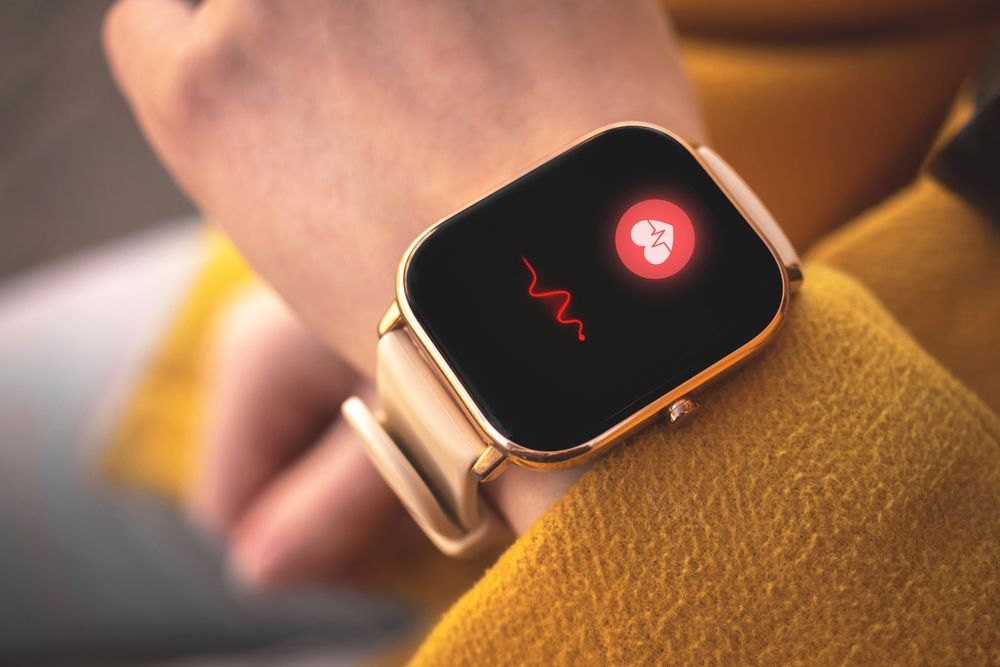The more insight you gain into your workouts, the greater your success. Understanding how to calculate your fat-burning heart rate and applying this knowledge to your exercise regimen can significantly enhance your results.
Although determining your fat-burning heart rate may appear intimidating initially, rest assured—it's simpler than you might imagine. And the rewards? They're well worth the effort. By pinpointing your fat-burning zone, your workouts become finely tuned to target stubborn calories, propelling you towards your weight-loss objectives with precision and efficacy.
Regardless of whether you favor heart-pounding HIIT sessions, thrive on the energy of circuit training and intervals, or prefer the steady burn of long, endurance-focused workouts, understanding your fat-burning heart rate guarantees that each step you take propels you closer to your ultimate fitness objectives.
Here's how to calculate your fat-burning heart rate:

While calculating your fat-burning heart rate involves some math, it's far from rocket science. The first step entails determining your maximum heart rate (MHR), which you can estimate by subtracting your age from 220. Once you've established your MHR, you can identify your fat-burning zone, typically ranging from 60% to 70% of your MHR. This zone is where your body predominantly utilizes fat as a fuel source. To ascertain your fat-burning heart rate range, simply multiply your MHR by 0.6 and 0.7. Voila! You've now uncovered the optimal zone where fat burns efficiently.
The benefits of knowing your fat-burning heart rate for workouts:

Once you've determined your fat-burning heart rate, you gain access to unlocking the full potential of your workouts. By sustaining your heart rate within the fat-burning zone during cardio exercises, you optimize the efficiency of your calorie burn. This enables you to torch more fat in less time, rendering your workouts not only more effective but also more time-efficient.
Understanding your fat-burning heart rate enables you to tailor your workouts to align with your fitness objectives. Whether you're aiming to shed pounds or boost your endurance, maintaining your heart rate in the fat-burning zone ensures you're on track to attaining your desired outcomes.
The best workout types for increasing your fat-burning heart rate:

Now that you've mastered the fundamentals of determining your fat-burning heart rate, it's time to put that knowledge into action at the gym. While any form of exercise can elevate your heart rate, specific workout styles excel at maximizing fat burning.
High-intensity interval training (HIIT) stands out in this regard, characterized by intervals of vigorous exertion interspersed with short recovery periods. HIIT not only elevates your heart rate during the workout but also maintains it at a heightened level post-exercise, triggering an extended fat-burning effect known as the afterburn.
Alternatively, circuit training variations such as intervals, AMRAP (As Many Rounds As Possible), or EMOM (Every Minute on the Minute) sessions, present equally potent fat-burning potential.
Moreover, steady-state cardio workouts like brisk walks or sustained jogging sustain an elevated heart rate over a prolonged duration, engaging multiple muscle groups and maximizing calorie burn for optimal fat-loss outcomes.

